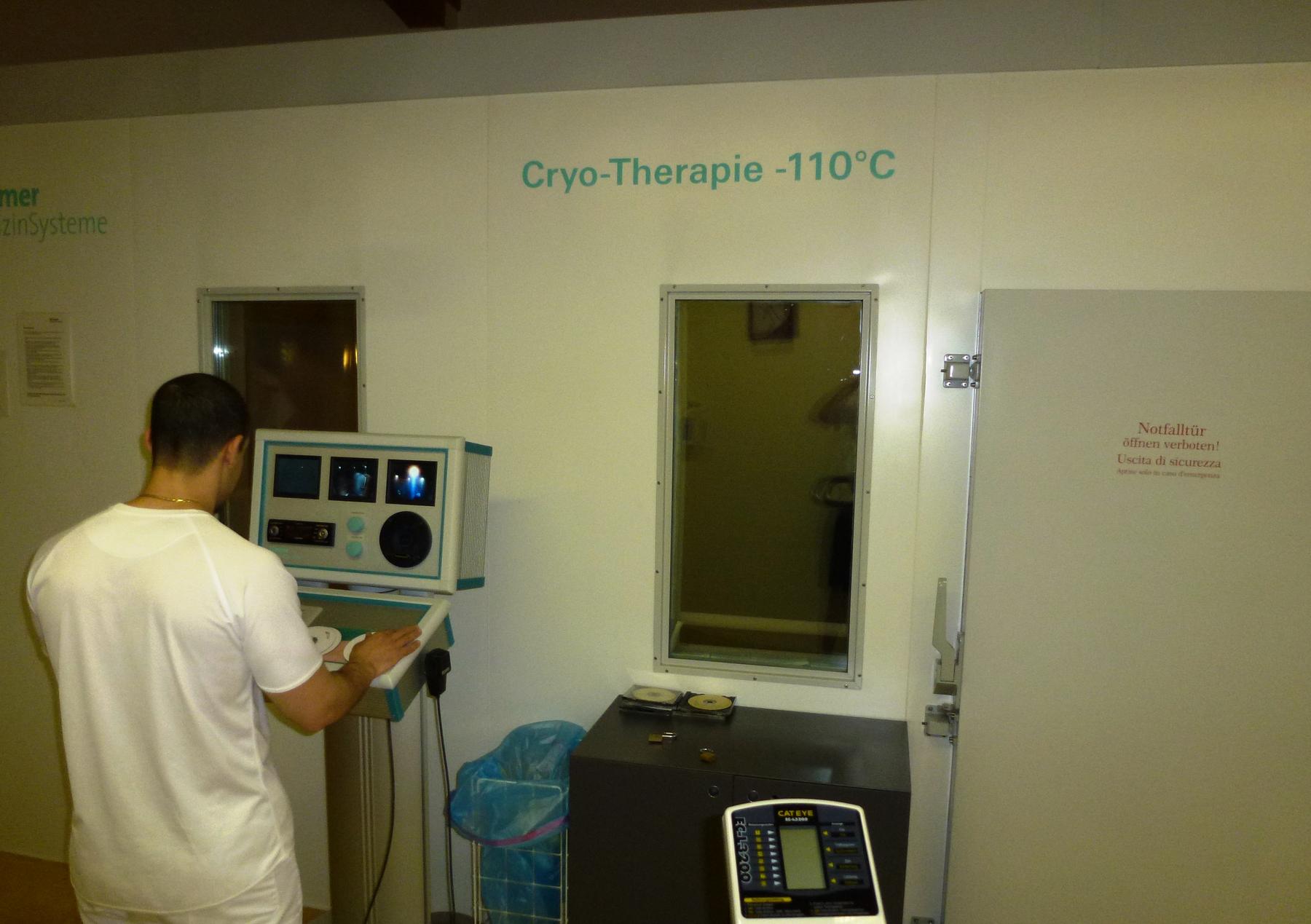Living with chronic constipation can be a frustrating and isolating experience. Anismus, a condition where the pelvic floor muscles fail to relax during bowel movements, is one of the many potential causes of this issue. While there are many treatment options available, therapy may not be the first thing that comes to mind for anismus sufferers. However, recent research suggests that therapy can be a powerful tool in treating this condition. we will explore how therapy can help unleash the power of your body’s natural healing abilities and provide relief from anismus symptoms.
Understanding Anismus: Causes, Symptoms, and Diagnosis
Anismus is a medical condition that affects the ability to have normal bowel movements. It’s also known as pelvic floor dysfunction and obstructed defecation. The pelvic floor muscles are responsible for controlling bowel movements, and when they don’t relax properly, it can lead to constipation or difficulty passing stool.
Causes of anismus include physical trauma, childbirth injuries, surgical complications, neurological disorders such as multiple sclerosis or Parkinson’s disease, and psychological issues like anxiety or depression.
Symptoms of anismus may involve straining during bowel movements, pain during sex or bowel movements, incomplete emptying of the bowels after going to the bathroom frequently.
To diagnose anismus usually doctors perform exams like anal manometry test which measures muscle pressure in different areas near anus while patient bear down in addition proctography shows how well one can evacuate their rectum by having them eat a special diet before being viewed with X-rays.
It’s important to see a doctor if you experience any symptoms related to anismus as they will be able help finding right treatment for this condition.

The Role of Therapy in Anismus Treatment
Anismus is a condition where the muscles of the pelvic floor fail to relax during bowel movements, making it difficult or impossible to have a bowel movement. Therapy plays an important role in treating anismus, especially when combined with other treatment options like biofeedback and medication. The goal of therapy is to help patients better understand their symptoms, develop coping strategies for anxiety and depression related to their condition, and improve muscle function through relaxation techniques. Therapy sessions typically involve working with a licensed therapist who specializes in treating pelvic floor disorders. During these sessions, patients may practice exercises like Kegels or deep breathing, learn how to identify and release tension in their muscles, and explore ways to manage pain associated with anismus. By incorporating therapy into their treatment plan, individuals with anismus can experience significant improvements in quality of life and overall well-being.

Different Types of Therapy for Anismus: Which One is Right for You?
Pelvic floor physical therapy is the most common and effective type of therapy for anismus. It involves exercises that help relax and strengthen the muscles in your pelvic floor, which can alleviate constipation or difficulty with bowel movements.
Another form of therapy that may be helpful is biofeedback. This technique uses electronic sensors to monitor muscle activity in the pelvic region while a patient attempts to have a bowel movement. By providing feedback on muscle tension, biofeedback helps patients learn how to control their contractions correctly during defecation.
Finally, psychotherapy, including cognitive-behavioral approaches and mindfulness-based techniques can also be beneficial for individuals who experience anxiety or depression as a result of anismus. Don’t hesitate to talk to your healthcare provider about which type(s) of therapy might work best for you- they will work closely with you to determine what approach will serve you well!
How Therapy Can Help You Overcome Anismus-Related Anxiety and Depression
Anismus can have a significant impact on a person’s mental health, leading to anxiety and depression. Therapy can help address these emotional issues and improve overall well-being. By working with a therapist, individuals with anismus can learn coping strategies to manage their symptoms and reduce stress. Therapy can also help individuals develop a more positive outlook on their condition and feel more empowered to take control of their health. In addition, therapy can provide a safe space for individuals to discuss their concerns and fears related to anismus without judgment. With the guidance of a skilled therapist, individuals with anismus can overcome the emotional challenges associated with this condition and achieve greater peace of mind.

Mindfulness-Based Therapy for Anismus: Techniques and Benefits
Mindfulness-Based Therapy Techniques for Anismus Treatment
Mindfulness-based therapy is a form of meditation that can help individuals with anismus learn to regulate their emotions and bodily sensations. Key techniques include deep breathing, body scanning, and mindful awareness of physical sensations during bowel movements. By practicing mindfulness regularly, individuals can increase their ability to manage stress and anxiety related to anismus, which may in turn improve their symptoms over time. Another important technique used in mindfulness-based therapy is cognitive reframing which involves changing the negative thoughts attached to bowel movements into more positive ones. These techniques help reduce tension in the pelvic muscles allowing easier passage of stools through the rectum.
Benefits of Mindfulness-Based Therapy for Anismus Patients
Mindfulness-based therapy for anismus can improve symptoms by helping patients become more aware of bodily sensations and emotions related to the condition. This approach trains patients to stay present in the moment without judgment or distraction, reducing anxiety levels and improving overall wellbeing. Mindfulness-based therapies have also been found to reduce pain perception, increase relaxation, decrease muscle tension, and improve sleep quality – all crucial components in relieving anismus-related constipation. The benefits of incorporating mindfulness practices may be particularly effective when combined with other forms of therapy such as cognitive behavioral therapy (CBT) or group therapy sessions.
A Guide to Finding the Right Therapist Specializing in Anismus Treatment
When seeking therapy for anismus, it’s important to find a therapist who specializes in treating this condition. Look for a therapist who has experience working with patients with anismus and who uses evidence-based techniques such as mindfulness-based therapy. You can start by asking your primary care physician for a referral or searching online for therapists in your area who specialize in treating anismus. It’s also important to feel comfortable with your therapist and to have a good rapport with them, so don’t be afraid to schedule a consultation or ask questions before committing to treatment.

Cognitive Behavioral Therapy (CBT) for Anismus: A Step-by-Step Guide
CBT is a form of therapy that aims to change negative patterns of thinking and behavior. It’s often used to treat anxiety, depression, and other mental health conditions, but it can also be beneficial in treating anismus.
During CBT sessions, you’ll work with a therapist to identify the thoughts and behaviors that contribute to your anismus. Your therapist will then help you develop new coping skills that will allow you to better manage your symptoms.
The first step in CBT is usually psychoeducation. This involves learning more about what causes anismus and how it affects the body. You may also learn relaxation techniques like deep breathing or progressive muscle relaxation.
Next, you’ll work on identifying any negative thoughts or beliefs you have about yourself or your condition. These are often referred to as “cognitive distortions” because they’re not based in reality.
Once these thoughts have been identified, your therapist will help you challenge them using evidence-based techniques like reframing or cognitive restructuring. This may involve looking at the situation from a different perspective or finding evidence that contradicts your negative beliefs.
With time and practice, CBT can help reduce symptoms of anismus by changing the way you think about yourself and your condition.

Group Therapy for Anismus: Finding Support and Encouragement in Others
The Benefits of Group Therapy for Anismus Patients
Group therapy for Anismus patients offers support and encouragement through shared experiences. Patients can connect with others who understand their struggles and find a sense of belonging in the group. Group members provide each other with emotional support, identify coping strategies, and offer motivation to overcome personal challenges. Group therapy also provides a safe space for patients to discuss their fears, anxieties, and feelings related to Anismus without fear of judgment or shame. Being part of a supportive community helps individuals feel less isolated and overwhelmed by the condition, leading to improved mental health outcomes that ultimately translate into better treatment results.
Creating a Safe and Supportive Environment in Group Therapy Sessions
In group therapy for anismus, it’s important to create a safe and supportive environment where everyone feels comfortable sharing their experiences. This can be achieved by establishing ground rules for communication, such as active listening and respecting each other’s opinions. Building trust among group members is also crucial, as it allows individuals to open up about their struggles with anismus and receive feedback from others who have gone through similar experiences. By fostering a sense of community, group therapy can provide a powerful source of encouragement and motivation for those seeking to overcome anismus.
Building Relationships with Others Going Through Similar Experiences
Building relationships with others going through similar experiences is an important aspect of group therapy for anismus. Sharing your struggles and fears with a supportive community can make you feel less alone in your journey towards healing. In this safe space, group members can share coping strategies, offer emotional support, and hold each other accountable for treatment goals. Being surrounded by individuals who understand what it’s like to live with anismus can provide the motivation needed to stick to a treatment plan and achieve success. Through shared experiences, individuals can learn from one another and build lasting connections that extend beyond the therapy setting.
Overcoming Stigma and Finding Strength in Numbers
Group therapy for anismus can be a powerful tool in overcoming this condition. By connecting with others who are going through similar experiences, you can find support and encouragement in a safe and non-judgmental environment. It’s important to remember that anismus is a medical condition, and seeking help through therapy is a brave and proactive step towards healing. In group therapy, you can learn coping strategies, share your experiences, and gain valuable insights from others who have been through similar struggles. Together, you can overcome the stigma surrounding anismus and find strength in numbers.

Alternative Therapies for Anismus: Yoga, Meditation, and More
Yoga and meditation have been shown to be effective alternative therapies for anismus treatment. The gentle stretching and breathing exercises in yoga can help relax the pelvic muscles, reduce tension, and improve bowel movements. Practicing meditation regularly can also help manage anxiety and stress associated with anismus. Additionally, acupuncture has been found to provide some relief from symptoms of anismus by targeting specific points on the body that are believed to affect the nerves and muscles involved in bowel movement. However, it is important to note that these alternative therapies should be used as a complement to traditional medical treatments rather than a replacement for them. Always consult with your doctor before starting any new therapy or exercise regimen.

Overcoming the Stigma of Seeking Therapy for Anismus Treatment
Anismus is a condition that affects many individuals, but unfortunately, there can still be a stigma surrounding seeking therapy for treatment. It’s important to remember that seeking help is a sign of strength and courage, and it’s nothing to feel ashamed or embarrassed about.
One way to overcome the stigma is by educating yourself on what therapy actually entails. Therapy involves speaking with a trained professional who has experience in helping people manage their mental health concerns. They will listen without judging you and provide guidance and support throughout your journey.
Another way to combat any negative feelings associated with seeking therapy is by confiding in someone you trust such as family members or close friends who can offer encouragement and support along the way.
Remember that every individual’s journey towards healing looks different, so finding the right therapist may take some time but it is well worth it when you find someone who makes you feel comfortable and understood. Seeking out virtual counseling services also make access even easier from anywhere at anytime.
There are many benefits of receiving therapy for anismus including improved symptoms, better self-understanding, increased coping skills, reduced stress levels, improved relationships with others etc. So don’t let any perceived societal limitations prevent you from taking steps towards improving your mental health today!
Success Stories: Real People Share Their Journey to Healing with Therapy
Anismus treatment success stories are a testament to the power of therapy. For many, seeking out therapy can feel daunting, especially when dealing with such a personal and sometimes taboo issue like anismus. However, those who have taken that step often find themselves amazed at the progress they make with the help of their therapist.
One woman shares how mindfulness-based therapy completely changed her outlook on life and helped her overcome anismus-related anxiety. Another man credits cognitive behavioral therapy (CBT) for teaching him techniques to relax his pelvic muscles and finally achieve bowel movements without straining.
The common thread among these stories is that seeking out professional help was the first step towards healing. It’s not always easy, but it’s important to remember that you’re not alone in your struggle with anismus – there is hope for a brighter future through dedicated work with a trained therapist.
anismus can be a challenging condition to live with, but therapy can be a powerful tool in overcoming it. Whether you choose mindfulness-based therapy, cognitive behavioral therapy, group therapy, or alternative therapies like yoga and meditation, there is a treatment option that can work for you. Therapy can help you not only manage the physical symptoms of anismus but also address the anxiety and depression that often accompany it. Don’t let the stigma of seeking therapy hold you back from finding relief and healing. Remember, there are many success stories of real people who have overcome anismus with the help of therapy. With the right treatment and support, you too can unleash the power of therapy for anismus treatment.
